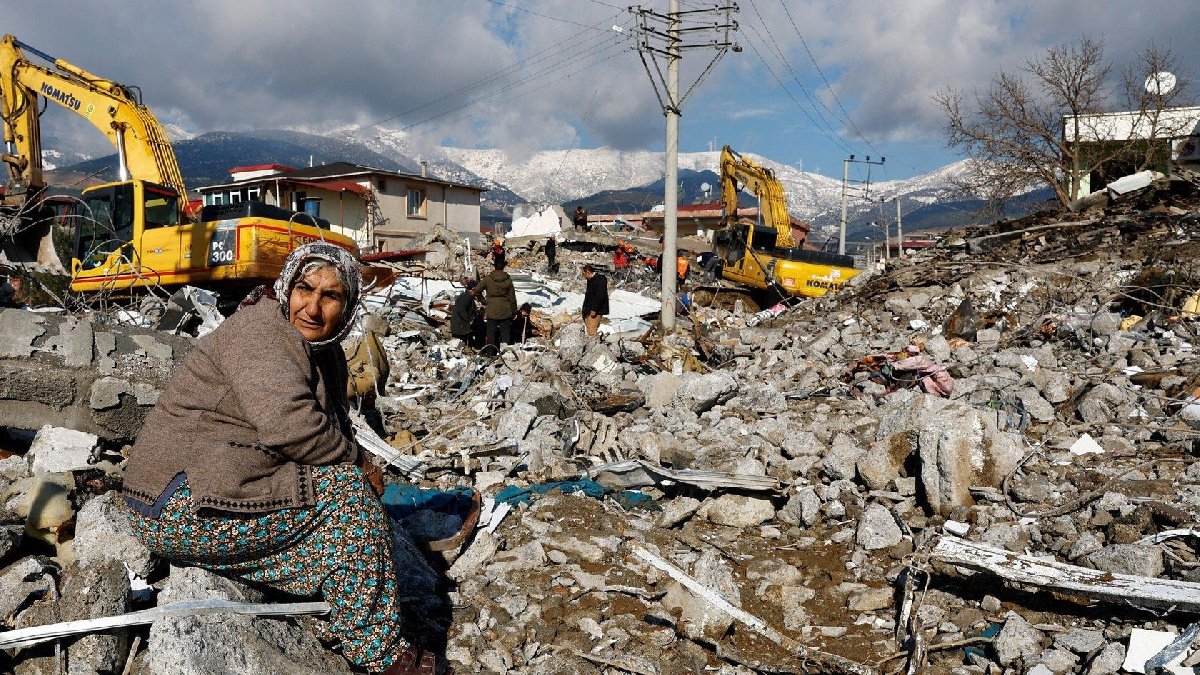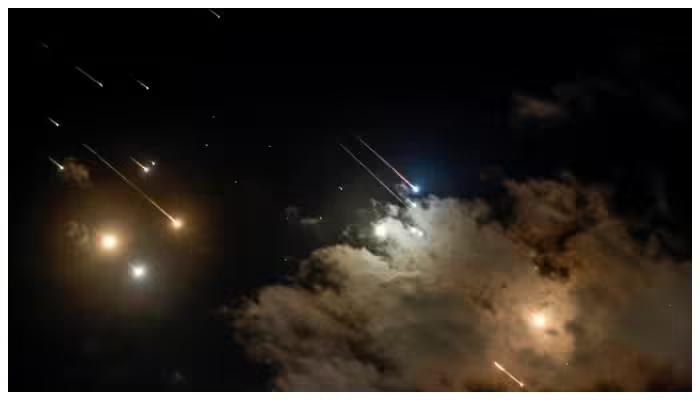A powerful earthquake with a magnitude of 6.3 struck western Afghanistan, resulting in at least one fatality and dozens of injuries, according to officials. Concerns persist over the possibility of an increased death toll due to reports of landslides and building collapses.
The United States Geological Survey (USGS) reported that the earthquake’s epicenter was located 40 kilometers (25 miles) northwest of Herat, the largest city in the region. The initial earthquake was followed by five aftershocks, measuring 5.5, 4.7, 6.3, 5.9, and 4.6 in magnitude, respectively.
As the tremors began around 11:00 am (0630 GMT), residents and shopkeepers in Herat hurriedly evacuated buildings. The quake resulted in 25 injuries and one fatality, as reported by a spokesperson for the Taliban government.
Bashir Ahmad, a 45-year-old resident of Herat, shared his experience: “We were in our offices, and suddenly the building started shaking. Wall plasters started to fall down, and the walls got cracks; some walls and parts of the building collapsed. I am not able to contact my family; network connections are disconnected. I am too worried and scared; it was horrifying.”
Mullah Jan Sayeq, a spokesperson for the National Disaster Management Authority, stated that the initial toll was “preliminary” and expressed concerns about it rising, especially in rural and mountainous areas where landslides have occurred.
The USGS issued a preliminary report suggesting that hundreds of fatalities could be possible, describing the disaster as “potentially widespread” and likely necessitating a regional or national-level response.
Herat, situated 120 kilometers east of the Iranian border, holds significance as Afghanistan’s cultural capital. It serves as the capital of Herat province, which had an estimated population of 1.9 million in 2019.
Afghanistan, located near the junction of the Eurasian and Indian tectonic plates and adjacent to the Hindu Kush mountain range, frequently experiences earthquakes. The country is grappling with a humanitarian crisis following the withdrawal of foreign aid, which has intensified since the Taliban’s return to power in 2021.



